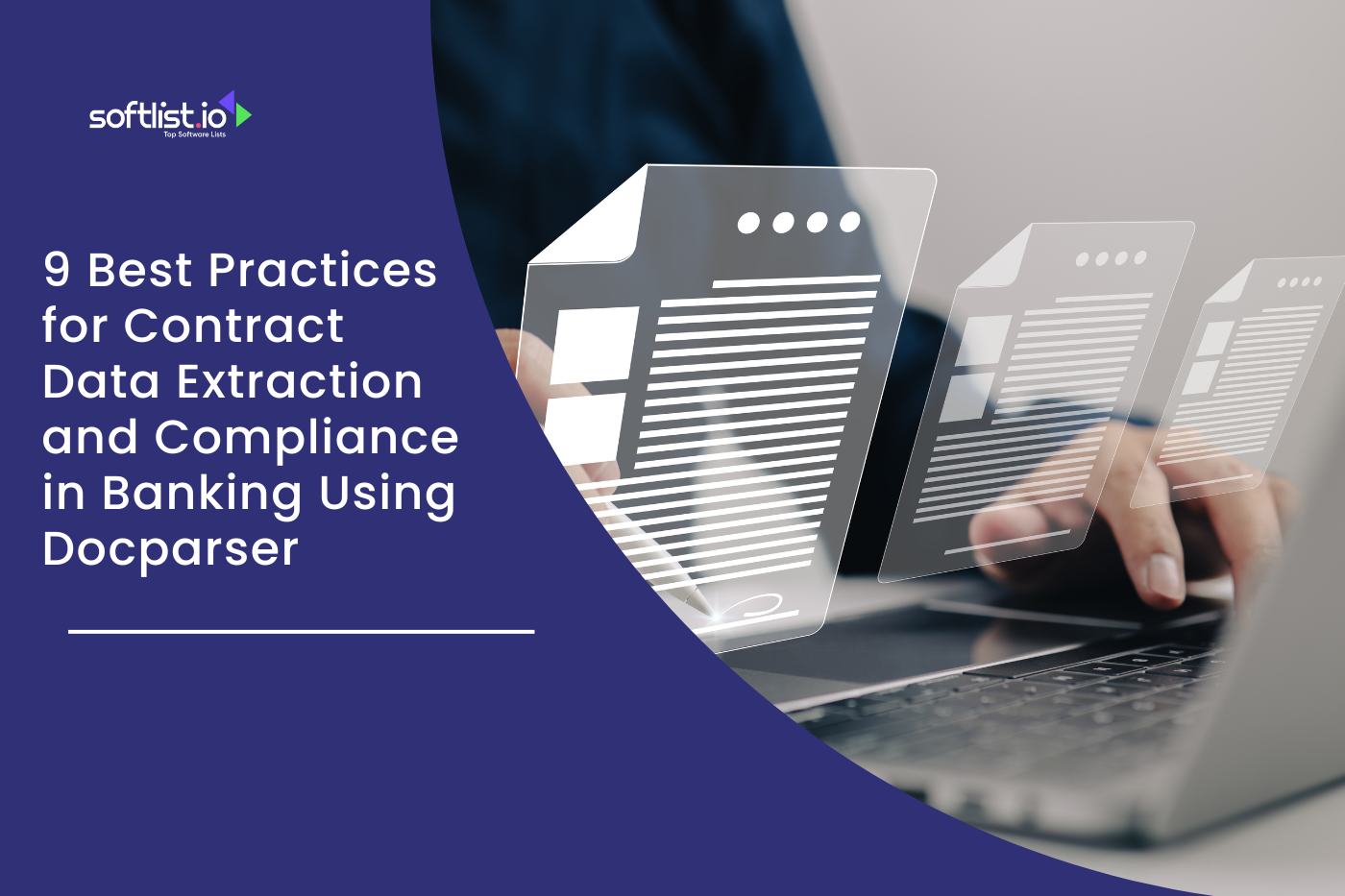Having trouble with your cold-calling sales strategies? You’re in the right place, and you’re not alone. It can be hard to figure out what works best, but having a plan is very helpful.
This blog will show you 13 tried-and-true outbound sales strategies that will help you stay on track, avoid common mistakes, and get better results. Each step is easy to understand and is meant to help you get better results faster.
Are you ready to make things better? After that, we’ll talk about how to make cold calls work for you and how to get ready to do well. If you want to take your sales to the next level, keep reading to learn some useful tips.
Key Takeaways
- Targeting the Right Prospects: Understanding and defining your Ideal Customer Profile (ICP) is crucial. It ensures that your outbound sales efforts are focused on leads who are most likely to convert, thereby increasing efficiency and success rates.
- Quality Lead Lists: Building a qualified lead list based on your ICP allows you to prioritize high-value prospects and tailor your outreach accordingly, which is essential for effective engagement and conversion.
- Personalization: Customizing your communication to address the specific needs and interests of each prospect not only enhances the relevance of your outreach but also significantly increases the chances of starting meaningful sales conversations.
- Multi-Channel Strategy: Implementing a multi-channel approach helps in reaching prospects through their preferred communication methods, thereby maximizing visibility and response rates across different platforms.
- Effective Closing Techniques: Mastering various closing techniques and recognizing when a prospect is ready to close can significantly enhance conversion rates, ensuring that the efforts invested in the earlier stages of the sales process culminate in successful deal closures.
1. Identify Your Ideal Customer Profile (ICP)
Your outbound sales efforts will only be as effective as your understanding of who you’re targeting. Creating a detailed Ideal Customer Profile (ICP) is the foundation of any successful outbound sales strategy.
What is an Ideal Customer Profile?
An ICP is a fictional representation of your perfect customer based on real data. For B2B sales, this often includes factors like company size, industry, revenue, and challenges they face.
Why it’s Important?
Identifying your ICP helps you focus your sales efforts on prospects that are more likely to convert. This allows your sales team to focus on high-value leads instead of wasting time on businesses that don’t fit your product or service.
How to Create an ICP:
- Research existing customers who bring the most value.
- Use Sales Tools and Sales CRM software to gather data.
- Segment your market by common characteristics like industry, size, and location.
2. Build a Qualified Lead List
Once you’ve identified your ICP, the next step is to build a qualified lead list. This involves finding sales prospects that match your ICP and are ready to move through your sales pipeline.
How to Build a Lead List::
There are several ways to create a qualified lead list:
- Outbound prospecting involves researching companies and decision-makers through platforms like LinkedIn or business directories.
- Use sales automation software to enrich data, ensuring you have the right contact information.
- Invest in outbound sales tools like ZoomInfo or Apollo to gather high-quality leads.
Why it Matters?
A well-researched lead list allows your outbound sales team to reach out to potential customers with a higher chance of converting. This improves sales engagement and helps outbound sales reps focus their sales activities on high-value prospects.
3. Personalize Your Outreach

Source: Canva Pro
Personalizing your outreach is one of the most crucial outbound sales tactics. Whether it’s a sales email, cold call, or direct message on social media, personalizing your approach increases the likelihood of starting a sales conversation.
Why Personalization is Key/
Personalized outreach makes your sales pitch more relevant to the recipient. It shows that you understand their business, challenges, and how your product or service can solve their problems.
How to Personalize Your Outreach:
- Use the lead’s name and mention specific details about their company.
- Reference content marketing material they’ve engaged with or industry trends.
- Provide solutions based on the lead’s pain points rather than generic information.
The Impact on Your Sales Cycle
Personalization speeds up the sales cycle by making it easier for the prospect to see the value in your offering, leading to faster decision-making and more closed deals.
4. Multi-Channel Approach
In the modern sales environment, it’s no longer enough to rely on just one type of outbound sales method. An effective outbound sales strategy combines several channels to engage potential customers. This multi-channel approach ensures that you’re reaching prospects where they are most active.
What is a Multi-Channel Approach?
A multi-channel approach uses a combination of sales email, phone calls (cold call), social media, and even direct mail to engage with prospects. It’s not about bombarding them, but about creating touchpoints across different platforms to stay top of mind.
Why a Multi-Channel Strategy Works?
Different prospects prefer different communication methods. Some may respond better to a phone call, while others prefer email or LinkedIn. By using multiple channels, your sales team increases the chances of connecting with leads.
Best Practices for Multi-Channel Sales:
- Establish a sales cadence that outlines how often and through which channels you’ll reach out.
- Use sales automation tools to manage your outreach across different platforms.
- Track and measure which channels bring the best results, allowing you to refine your strategy over time.
5. Use Cold Calling Effectively
Cold calling is a classic but essential part of any outbound sales process. While some argue that cold calls are outdated, they remain a highly effective way to engage directly with decision-makers when done correctly.
What is Cold Calling?
Cold calling involves reaching out to prospects who haven’t expressed prior interest in your product or service. It’s part of the outbound prospecting process and helps your team make an introduction and start the sales conversation.
How to Master Cold Calling:
- Prepare a sales script that is flexible and allows for personalization.
- Train your sales representatives to handle objections and provide immediate value during the call.
- Focus on building rapport first, not just pushing for the sale.
Why Cold Calling is Still Important?
While many sales professionals rely on digital channels, cold calls allow you to have real-time conversations with prospects. This often leads to deeper sales engagement and gives your team a better understanding of the prospect’s needs.
Improve Your Sales with Cold Calling
By using a structured and automated sales process to manage and track cold calls, you can significantly increase your team’s efficiency and success rate. With the right training, your sales reps can turn cold calls into valuable sales conversations that convert leads into sales.
6. Implement Email Campaigns

Source: Canva Pro
In the world of outbound sales, email campaigns are one of the most effective outbound sales techniques you can use to generate interest and move leads through your sales pipeline.
A well-designed email campaign can serve as an excellent tool to align with your outbound efforts while complementing your overall sales and marketing strategy.
Why Email Campaigns Matter?
Email allows you to reach a large audience quickly and with minimal cost. Additionally, it’s easier to personalize and automate emails, making it one of the most scalable outbound strategies.
How to Structure Effective Outbound Email Campaigns:
- Personalize your emails: Address the prospect by name, mention their company, and focus on solving their specific pain points.
- Create compelling subject lines: Your subject line is the first thing a prospect sees, so make it engaging and curiosity-provoking.
- Include a clear call-to-action: Each email should guide the recipient toward the next step, whether that’s scheduling a sales call or downloading a resource.
Best Practices for Outbound Sales Emails
Use automated sales tools to track opens, clicks, and responses. By measuring outbound sales metrics, you can continuously optimize your emails for better performance.
7. Leverage Social Selling
In today’s digital age, social selling is an essential outbound sales technique. Social media platforms, especially LinkedIn, provide the opportunity to engage directly with decision-makers and influencers in your target companies.
What is Social Selling?
Social selling is the process of using social media platforms to connect with potential leads, share valuable content, and build relationships that lead to sales. It complements your other outbound sales activities by giving you another way to interact with prospects.
Why You Should Leverage Social Selling?
It allows you to engage with prospects before you ever make a direct pitch. By sharing helpful content, commenting on their posts, or sending personalized messages, you build credibility and trust over time.
How to Use Social Selling Effectively:
- Outbound sales reps should focus on creating a strong, professional presence on platforms like LinkedIn.
- Share content that aligns with the needs of your target audience, such as industry trends, case studies, and actionable tips.
- Engage directly with your prospects by commenting on their posts, sending them relevant content, and making introductions when appropriate.
The Role of Social Selling in the Outbound Sales Process
Social selling helps build relationships early in the sales cycle and can supplement your inbound and outbound sales efforts. It’s a non-intrusive way to keep your brand top-of-mind while nurturing leads over time.
8. Use Referrals and Introductions
Referrals are one of the most effective outbound sales strategies to close more deals. When a satisfied customer refers you to someone in their network, it drastically shortens the sales cycle and increases trust.
Why do Referrals Work?
A referral from a trusted source reduces the skepticism that often accompanies cold outreach. Leads gained through referrals are more likely to be receptive to your sales pitch and have a higher probability of conversion.
How to Get More Referrals:
- Ask existing customers directly for referrals. A well-timed request, especially after delivering value, is often well-received.
- Incentivize referrals. Offering discounts, bonuses, or even exclusive access to services in exchange for successful referrals can motivate customers to introduce you to their networks.
Best Practices for Using Referrals in Outbound Sales
When following up on a referral, make sure to mention the mutual connection. This warms up the sales conversation and makes the outbound sales process feel more natural and less like a cold outreach.
9. Measure and Analyze Sales Metrics
The success of your outbound sales campaigns hinges on your ability to measure and analyze key performance indicators (KPIs) and outbound sales metrics. Tracking these metrics helps you understand the effectiveness of your outbound sales efforts and enables continuous improvement.
Why Measuring Sales Metrics is Crucial?
Metrics allow you to see what’s working and what isn’t. Without measurement, it’s impossible to optimize your sales operations or strategies to close more deals.
Important Outbound Sales Metrics to Track:
- Response Rates: The percentage of prospects that respond to your emails or calls.
- Conversion Rates: How many leads you convert into qualified opportunities and, eventually, customers.
- Sales Call Success Rates: The number of cold calls that lead to meaningful sales conversations.
- Sales Cycle Length: How long it takes for a lead to move from initial contact to a closed deal.
How to Use Metrics to Improve Your Sales?
By regularly reviewing these metrics, you can identify areas of improvement in your sales approach. For example, if your conversion rate is low, you may need to revisit your sales pitch or outbound prospecting methods.
10. Practice Consistency and Follow-Up

Source: Canva Pro
Consistent follow-up is one of the most effective outbound sales tactics. It’s not uncommon for potential customers to ignore the first few touchpoints, so persistence is key.
Why Consistency Matters in Outbound Sales?
Most prospects won’t respond to your first outreach, but that doesn’t mean they’re not interested. Studies show that it often takes multiple touchpoints before a lead engages.
Best Practices for Consistent Follow-Up:
- Develop a structured sales cadence that outlines when and how often you’ll follow up with a prospect. This can include a mix of emails, sales calls, and social media touches.
- Automate follow-up reminders using sales automation software to ensure no leads fall through the cracks.
How Does Follow-up Impact Sales Success?
Regular follow-ups demonstrate your commitment and persistence, both of which are attractive qualities in a sales professional. Following a consistent process will increase your chances of outbound sales success.
11. Offer Value Before Selling
In outbound sales, it’s crucial to offer value before you even start pitching. When your outbound sales representatives approach a prospect, the focus should be on providing solutions and insights rather than going straight into a sales pitch. This sets you apart from competitors and builds trust with your prospects.
Why Offering Value First is Important?
By providing value upfront, you build credibility with your prospects. You’re not just seen as a salesperson trying to close a deal but as a trusted advisor who understands their needs. This is one of the key advantages of outbound sales, as it allows you to position yourself as a problem-solver rather than just another vendor.
How to Provide Value in Outbound Sales:
- Share relevant industry insights, case studies, or trends that relate to the prospect’s business.
- Offer free resources such as whitepapers, webinars, or reports that address the prospect’s challenges.
- Personalize the content you share to show that you’ve done your research and understand their unique needs.
How This Impacts Your Sales Performance?
Offering value first helps build rapport, making prospects more receptive when you eventually move into the selling phase. This approach can significantly shorten the sales cycle and increase your conversion rates, as prospects are more likely to trust you when they see the tangible benefits you provide early on.
12. Handle Objections Skillfully
Objection handling is a critical skill in any outbound sales strategy. During the steps of the outbound sales process, prospects will inevitably raise concerns or objections. How you address these can determine whether or not you close the deal.
Common Objections in Outbound Sales:
- Price: “Your product is too expensive.”
- Timing: “Now isn’t the right time.”
- Competitor Comparison: “I’m already using a competitor.”
These objections are natural and expected, but it’s important to have strategies ready to handle them.
How to Handle Objections Effectively:
- Listen First: Give your prospect space to voice their concerns without interrupting. This shows respect and allows you to fully understand their hesitation.
- Acknowledge and Address the Objection: Show that you understand their concern and then provide clear, fact-based responses. For example, if the issue is price, emphasize the long-term ROI and the value your solution brings.
- Ask Questions: Use open-ended questions to dive deeper into the objection and understand the real root cause of their concern. This can help you craft a more tailored response.
Why Does Objection Handling Improve Sales Performance?
When handled properly, objections can actually move the sales process forward. They offer an opportunity to clarify misunderstandings, highlight additional benefits, and reinforce why your product or service is the right sales solution. Mastering objection handling is key to achieving success in outbound sales.
13. Close the Deal
Closing the deal is the final and arguably the most important step in the outbound sales process. It’s where all your efforts in sales prospecting, engagement strategies, and objection handling come together. Having a clear and confident approach to closing is essential to converting prospects into customers.
Closing Techniques You Can Use:
- Assumptive Close: Assume the sale is going to happen and move forward with the next steps. For example, “Shall we go ahead and schedule the onboarding for next week?”
- The Urgency Close: Create urgency by offering limited-time discounts or availability. This helps prospects feel the need to act quickly.
- The Choice Close: Give the prospect a choice between two favorable options, such as, “Would you like to move forward with the standard or premium package?”
How to Identify When the Prospect is Ready to Close:
- They ask questions about implementation or pricing.
- They’ve gone through multiple touchpoints and shown a clear interest in the product.
- They express interest in specific features or benefits.
When you see these signals, it’s time to move confidently toward closing.
How Does Closing Impact the ROI of Outbound Sales?
A smooth closing process leads to better conversion rates and a higher ROI of outbound efforts. This is where all the hard work in outbound sales prospecting, relationship building, and objection handling pays off.
Final Thoughts
Mastering outbound sales strategies can really boost your sales performance. With our checklist of the 13 top strategies, you’re all set to sharpen your sales approach, connect better with prospects, and close more deals.
Want more tips and some great ‘Promotions and Deals’? Subscribe to our website to stay updated and get the best deals delivered directly to you. While you are on the way to the website, check out the ‘Top Product Reviews’ of Softlist’
Also, if you’re curious about the latest in sales technology, take a look at our Top 10 AI Marketing Tools review article. It’s packed with insights on tools that can take your sales efforts to the next level. Check it out and start transforming your sales approach today!
Frequently Asked Questions
How Can Cold Calling Be an Effective Outbound Sales Strategy?
Cold calling allows you to directly engage potential clients, build rapport, and quickly qualify leads to determine if they’re interested in your product or service.
What Role Does Social Selling Play in Outbound Sales?
Social selling involves using platforms like LinkedIn to connect with prospects, build relationships, and promote your product or service.
How Can Sales Scripts Improve My Outbound Sales Efforts?
Sales scripts provide a consistent and structured way to present your value proposition, helping sales reps stay on message and handle objections effectively.
What Are the Best Practices for Lead Qualification in Outbound Sales?
Use criteria like budget, authority, need, and timing (BANT) to assess if a lead is likely to convert, saving time by focusing on high-potential prospects.
How Do I Measure the Success of My Outbound Sales Strategies?
Track metrics like response rate, conversion rate, and number of meetings booked or deals closed to see how well your strategies are working.






